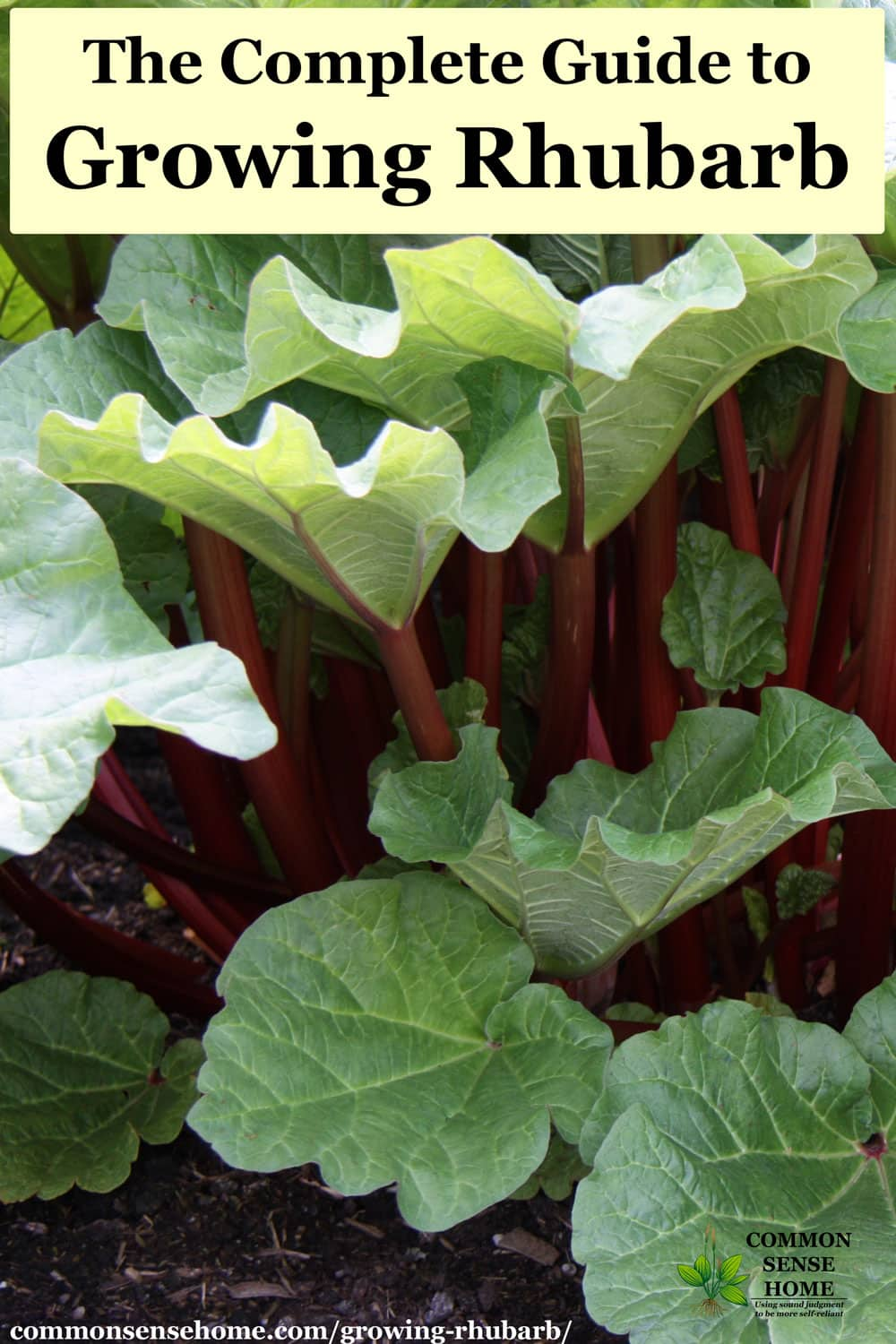Rhubarb is a staple in many homesteads and rural living communities, and for good reason. This versatile plant can be used in a wide variety of recipes, from sweet to savory dishes. In this article, we’ll explore the history of rhubarb, tips for growing it on your homestead, and some delicious ways to use it in your cooking.
History of Rhubarb
Rhubarb has been cultivated for thousands of years, originally grown for its medicinal properties in China. It wasn’t until the 17th century that rhubarb made its way to Europe as a food crop. By the 18th century, rhubarb was being grown commercially in England as an ingredient in pies and other desserts.
In North America, rhubarb was introduced during colonial times and quickly became popular due to its tart flavor and ease of cultivation. Today, rhubarb is grown all over the world and remains a beloved ingredient among home cooks and chefs alike.
Growing Rhubarb
If you’re interested in growing your own rhubarb on your homestead or rural property, there are a few things to keep in mind. First off, rhubarb prefers cooler temperatures between 40-75°F (4-24°C) with well-draining soil. It’s important to choose a site that receives at least six hours of sunlight per day but also provides shade during the hottest part of the day.
When planting rhubarb crowns (the root system), make sure they’re spaced at least three feet apart to allow room for growth. You should also amend your soil with compost or aged manure before planting to ensure proper nutrition for the plants.
Once planted, make sure you water regularly but avoid over-watering as this can lead to root rot or other diseases. During their first year after planting, avoid harvesting any stalks so that the plants can establish themselves fully.
Harvesting and Using Rhubarb
Rhubarb is typically ready to harvest in the springtime, usually around April or May depending on your location. To harvest rhubarb, simply grasp a stalk at its base and pull upwards with a twisting motion. You should avoid cutting the stalks as this can introduce bacteria into the plant.
When selecting rhubarb stalks for cooking, look for ones that are firm and brightly colored. Avoid any that are wilted or discolored as they may not be fresh.
One of the most popular ways to use rhubarb is in pies – particularly strawberry-rhubarb pie. However, there are plenty of other delicious recipes you can try out too. Here are a few ideas:
– Rhubarb compote: Simply cook sliced rhubarb with sugar and water until it becomes soft and syrupy. This makes a great topping for ice cream or yogurt.
– Roasted rhubarb: Toss sliced rhubarb with honey or maple syrup before roasting in the oven until tender.
– Rhubarb chutney: Cook diced rhubarb with onions, vinegar, spices, and sugar to make a tangy condiment that pairs well with grilled meats.
– Rhubarb jam: Simmer chopped rhubarb with sugar and lemon juice until thickened – perfect for spreading on toast or biscuits.
In addition to being delicious, rhubarb also offers several health benefits. It’s high in fiber and vitamins C and K while also containing antioxidants that may help protect against certain diseases.
Conclusion
Whether you’re an experienced homesteader or just getting started on your rural living journey, adding some rhubarb plants to your garden can provide both culinary enjoyment and nutritional benefits. With proper care and attention, these hardy plants will produce year after year – giving you plenty of opportunities to experiment with different recipes using this versatile ingredient!


Leave a comment